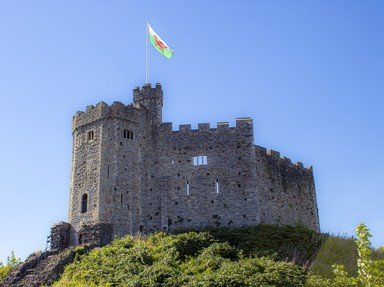Quiz Answer Key and Fun Facts
1. Arthur Bremer's failed assassination attempt on Democratic presidential candidate George Wallace in 1972 left his victim in a wheelchair. Wallace was his second choice - which president had he previously planned to kill?
2. Between 1938 and 1940, an organised effort to remove thousands of children, mainly Jewish, from Germany, Austria and other countries saved them from the Holocaust. What was this rescue effort called?
3. Who was the future leader who was captured by pirates, and, rather than fear for his life, told them to more than double the ransom they were asking for his release?
4. Serbian Vesna Vulović went into the record books in 1972 when she survived a fall of over 10,000 metres (33,000 feet) without a parachute. True or false?
5. Some say the conquest of Mexico hung on a single act when Cristobal de Olea sacrificed his life to save which Conquistador?
6. Denise Darvall was the first donor in a successful heart transplant operation, which gave which person the chance of a later death?
7. Which World War II leader was nearly killed as a boy when hit by a horse drawn carriage, the aftermath of which meant he was ruled unfit for military service in World War I?
8. In 1897 in South Africa, which freedom fighter was attacked by a mob and had to be rescued by the wife of a police superintendent?
9. A British World War II squadron leader who was the last surviving participant in "The Great Escape", believed his surname saved his life. Who was he?
10. Alexey Leonov went for a short walk in 1965 that nearly ended in disaster when his protective suit malfunctioned. Where was he?
Source: Author
Upstart3
This quiz was reviewed by FunTrivia editor
bloomsby before going online.
Any errors found in FunTrivia content are routinely corrected through our feedback system.


